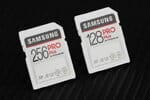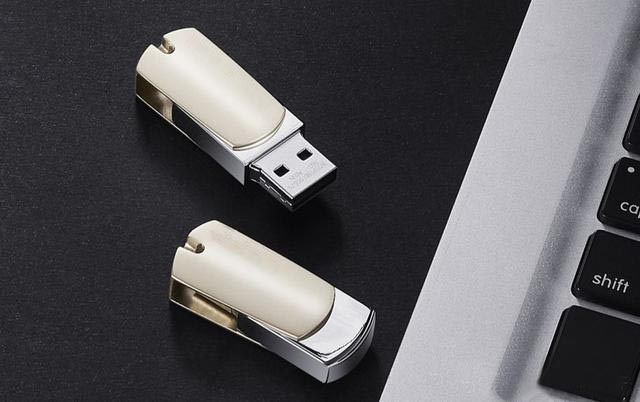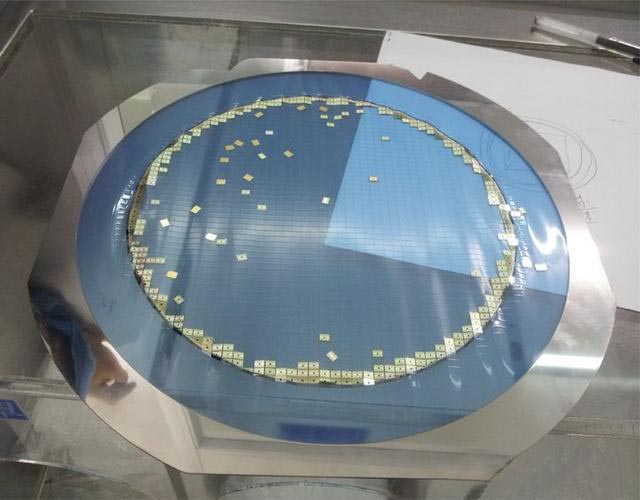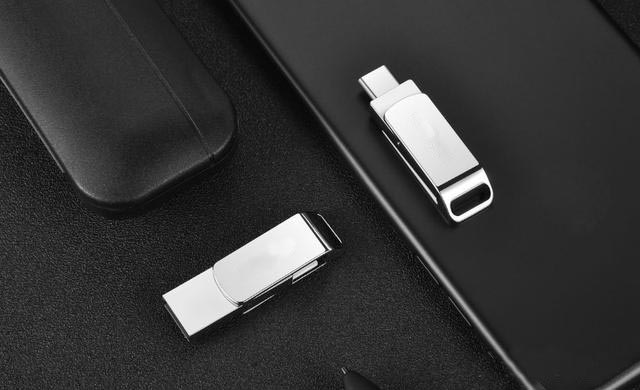Latest Posts
A reveal of the inside story of USB flash memory like USB are graded by their factories
USB is an indispensable tool when transfer files in our daily life, but did you know that flash memory products like USB flash drives have different levels? The standard to grade flash memory is set by the flash memory chip manufacturers.
The best grade is A+, and then A and B. In terms of the reading and writing speed, power consumption, and many other aspects, At the same specification, the A+ grade chips are superior to the A grade chips, and the A grade chips are superior to the B grade chips.
The industry standard criteria for level evaluation is mainly about the number of writes to the flash / per storage unit. An A grade Flash chip can write 100,000 times / per storage unit. In addition, the A-level Flash chip has a low bad block rate. The industry calls Flash with a bad block rate of less than 5% a A level Flash, and Flash with a bad block rate of more than 5% is a B level Flash.
There are hundreds and thousands of chips on a wafer. After the wafers are produced, they must be tested and the bad ones need to be marked. Manufacturers who buy bare chips buy back uncut wafers and then cut and bind the wafers by themselves. The parts that were marked bad (die) will be discarded; another way out for those tested wafers is to be cut and packaged. The chip with pin that we saw is the wafer after packaging. In the packaging stage, the chips will also be discarded if they were marked bad.
Normally a formal testing process takes a lot of time, thus increases the cost. Some wafer fabs just sell untested wafers to manufacturers that need bare wafers, and let the latter test wafers by themselves. For the latter, they can buy die at a cheaper price. But the manufacturers who buy untested die usually do not have good test equipment, and may reduce test items in order to save money at the same time. This could cause some die that should have been discarded by the semiconductor factory to be used in the final products, resulting in the instability of the product’s quality.
Simply speaking, the concept of black chips is mainly used for chips, and the concept of white chips is used for both chips and flash cards. Black chip refers to the defective products that were discarded by the factory. Those chips have not yet been labeled with the factory brand or marked with chip type. Such chips have been circulated in the market through various channels. Now that many USB manufacturers, in order to reduce their cost, purchased a large number of chips that have high bad block rate and have been discarded by the factory to make products! The white chips are better than the black ones. The manufacturers marked the chips with various labels, but all this labels were not the ones marked by the real factory! At the same time, the white chip can also refer to the white card, that is the flash card with a blank surface. In the flash memory industry, they have black, white, and neutral cards.
The so-called black chip mainly refers to the Flash chip with no carve on its surface, such as the SLC chip K9K8G08U0A-PCB0, if without this type carved on the surface, it is black chip. The white chip mainly refers to the flash memory card with nothing on its surface, not even its type. Neutral cards refer to flash cards with the words “Micro SD”, or “SD” on the surface, but they are not labeled with a certain brand.
At present, the popular concept of black and white chips in the market are all types of Downgrade Flash. Due to the improvement of the Flash process and capacity, the internal composition is more and more complicated. When a new process is introduced, the yield of the product may not be ideal. Some of the bad Flashes are insufficient in capacity, some cannot reach the required lifespan, and some cannot pass the test. The flash that cannot meet the factory’s requirements is called Downgrade Flash.
Some Downgrade Flash is brought to market by its manufacturers. For example, Spectech is Micron’s Downgrade Flash. The other parts are eliminated as a waste, but driven by profit, these waste products may also be acquired into the market at a low price. Some manufacturers use various kinds of Soting Board to check which ones can still be used. These Flash that were purchased by manufacturers are priced by kilo. Dozens and thousands of Soting Boards were used at the same time to scan those Flash, it may have hundreds of Ks productivity per day. Most of the Downgrade Flash are made into SD cards, a few are used in USBs, and very few of them were used to produce MP3. The most common way to sell Downgrade Flash is to sell it at a reduced capacity. But no matter how it is handled, there are still hidden problems. However, due to the low price, the market for Downgrade Flash is growing all the time.











Leave a comment